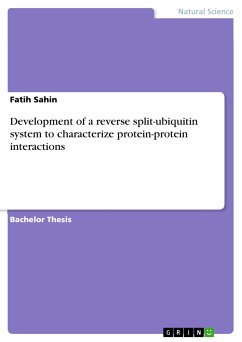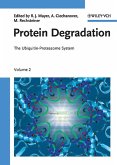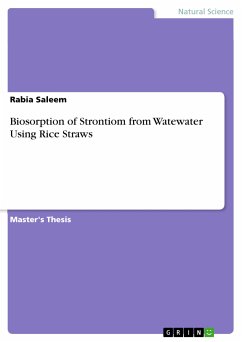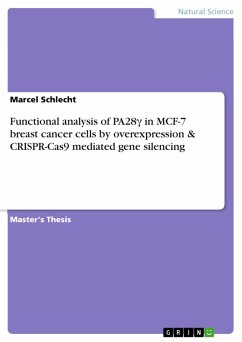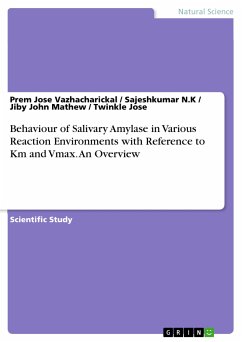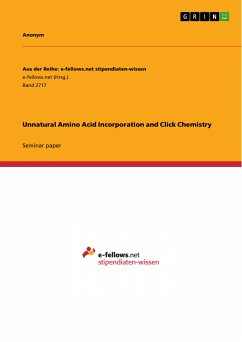Bachelor Thesis from the year 2018 in the subject Chemistry - Bio-chemistry, grade: 2,0, University of Frankfurt (Main), language: English, abstract: An important topic in research is the study of interactions between proteins. Therefore, many strategies have been developed to better understand these interactions. One method is the yeast two-hybrid system. The glo-1(QL) gene encodes a Rab GTPase and is localized in lysosomal organelles. Several effector proteins have been found for the glo-1 gene. One of them is C35B1.2a. Using the yeast two-hybrid system, the interaction between GLO-1(QL) and C35B1.2a should be shown. In addition, the expression rate of the interaction partners should be documented by promoter exchange. However, this system is not suitable for all proteins. For this reason, the reverse split ubiquitin system was developed. A yeast-two-hybrid system-based method to study protein-protein interactions (PPI) of membrane proteins. In this case, the ubiquitin is cleaved into an N-terminal domain (Nub) and C-terminal (Cub) domain, each domain being fused to a protein. The C-terminal domain additionally consists of an arginine and subsequent reporter gene. If there is an interaction of the two fusion proteins, this is recognized by so-called ubiquitin-specific proteases (USPs) and cut the ubiquitin apart. Subsequently, the reporter gene is degraded due to the arginine. In this study, the interaction could not be demonstrated because no clones grew on selective plates. Even by the replacement of the promoters no growth could be found. To optimize the interaction, the split ubiquitin system should be further refined.
Dieser Download kann aus rechtlichen Gründen nur mit Rechnungsadresse in A, B, BG, CY, CZ, D, DK, EW, E, FIN, F, GR, HR, H, IRL, I, LT, L, LR, M, NL, PL, P, R, S, SLO, SK ausgeliefert werden.

